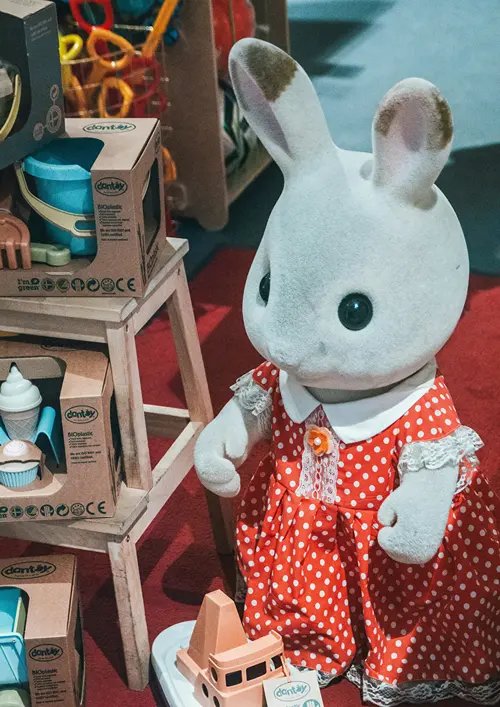Who Pays for a Child’s Medical Bills After a Car Accident?
Car accidents can be traumatic experiences, especially when children are involved. In an instant, lives can change, leaving families to cope with the emotional and physical impact of the crash. When financial concerns add to the stress, there are several possible sources of compensation that can help families navigate these challenging situations.
When injured children in a car crash require medical care, parents may wonder who is responsible for the costs. Determining liability, exploring compensation options, and understanding the claims process are key steps in ensuring children receive the treatment they need.
Understanding the Types of Injuries Children Can Sustain in Car Accidents
Children are particularly vulnerable in car accidents due to their smaller size, underdeveloped physical structures, and their dependence on adults for safety. Injuries can range from mild to severe and include concussions, broken bones, whiplash, and in some cases, even life-threatening conditions. Injuries can also cause long-term or permanent effects on a child’s development, leading to the need for extensive medical care.
After a car accident, it’s important to seek medical attention for a child immediately, even if the injuries do not seem severe. Some injuries, like concussions, may not be immediately obvious but can worsen over time without prompt treatment. When a child is injured in a car crash, the road to recovery often involves multiple medical visits, rehabilitation, and possibly even surgery. As a result, understanding who will be responsible for the mounting medical costs is crucial for parents and guardians.
The Role of Insurance in Covering Medical Bills
The most common sources of financial compensation after a car accident are auto insurance policies. In particular, medical payments coverage and personal injury protection (PIP) are insurance components that can assist in paying for medical expenses following a car accident.
Medical Payments Coverage
Medical payments coverage (MedPay) is an optional auto insurance provision available in some states that helps pay for medical expenses resulting from an accident, regardless of who was at fault. MedPay covers a wide range of medical expenses, including hospital visits, doctor’s appointments, and any necessary treatments related to the accident.
For children injured in a car crash, MedPay can provide immediate financial relief to cover medical bills. It is important to note that MedPay only covers medical expenses and does not cover other damages like pain and suffering or lost wages.
Personal Injury Protection (PIP)
Personal injury protection (PIP) is another type of auto insurance coverage that can help pay for medical expenses, lost wages, and other related costs following an accident. PIP coverage is available in some states and covers expenses for the injured party and their passengers, regardless of fault.
For children involved in car accidents, PIP can help pay for necessary medical treatments such as hospital stays, surgeries, and physical therapy. In some cases, PIP may even help pay for childcare if parents need to take time off work to care for their child’s recovery. PIP coverage is typically more comprehensive than MedPay, but not all states offer it.
Liability Insurance and At-Fault Drivers
In cases where another driver is responsible for the car accident, the at-fault driver’s liability insurance may be responsible for covering the injured child’s medical expenses. If the other driver was negligent in causing the accident, liability insurance can cover the costs associated with the child’s medical bills, treatment, and rehabilitation.
Liability insurance is required by law in most states, and it covers the medical expenses of those who were injured due to another party’s negligence or recklessness. However, it’s important to understand that pursuing a claim against the at-fault driver’s insurance company may take time, and there can be challenges in getting the full compensation needed for your child’s medical treatment.
Uninsured or Underinsured Motorist Coverage
What happens if the at-fault driver doesn’t have insurance or has insufficient coverage to pay for your child’s medical bills? In such cases, uninsured or underinsured motorist coverage (UM/UIM) comes into play. This type of coverage is designed to protect drivers and passengers who are involved in accidents with drivers who either have no insurance or have inadequate insurance coverage.
For children injured in a car crash caused by an uninsured or underinsured driver, UM/UIM coverage can help pay for medical bills, lost wages, and pain and suffering. In many states, this coverage is mandatory, but in others, it is optional. Regardless, UM/UIM coverage is a valuable protection for families facing situations where the at-fault driver is not properly insured.
Health Insurance and Medical Bills
In addition to auto insurance, health insurance can play a significant role in covering medical expenses for children injured in a car crash. After an accident, health insurance can help pay for hospital stays, surgeries, medications, and rehabilitation services. If the child’s injuries require extensive treatment, health insurance may be essential in covering the balance of medical expenses not covered by auto insurance.
However, parents should be aware that health insurance providers may seek reimbursement from other insurance companies, such as the at-fault driver’s liability insurance, if they pay for medical bills related to an accident. This process, called subrogation, can complicate the payment of medical bills, but it is a standard practice.
Filing a Car Accident Claim for Injured Children
When a child is injured in a car crash, filing a car accident claim becomes crucial to ensure that medical expenses are properly covered. This claim may involve filing with your own insurance company or pursuing compensation from the at-fault party’s insurer.
Working With an Attorney
Car accident claims can be complicated, especially when the injured party is a child. In such cases, it is often beneficial to consult with a personal injury attorney who is experienced in car accident cases. An attorney can help ensure that all insurance options are explored, assist in negotiating with insurance companies, and advocate for fair compensation on behalf of the injured child.
Attorneys who handle personal injury claims related to children are familiar with the unique considerations that come into play, such as the long-term medical care needs of a child and the impact of injuries on their future. They can help parents and guardians navigate the legal process and ensure that all available compensation is pursued.
Statutes of Limitations
One of the most important factors in filing a car accident claim is adhering to the statute of limitations, which is the time limit within which a claim must be filed. The statute of limitations varies by state but generally ranges from one to six years. However, in cases involving injured children, the statute of limitations may be extended, allowing parents or guardians more time to file a claim on behalf of the child.
It is important to consult with an attorney early in the process to ensure that all deadlines are met, and the child’s best interests are protected.
When a child is injured in a car crash, the medical bills can quickly add up, leaving parents feeling overwhelmed and uncertain about how to manage the costs. Fortunately, there are multiple sources of financial relief, including auto insurance, health insurance, and liability claims against at-fault drivers. Working with an experienced personal injury attorney can help parents navigate the complexities of car accident claims and secure the necessary compensation to ensure that their child receives the medical care they need.
While the road to recovery may be challenging, families can take comfort in knowing that there are avenues for compensation to help ease the financial burden and ensure their child’s well-being after a car accident.









